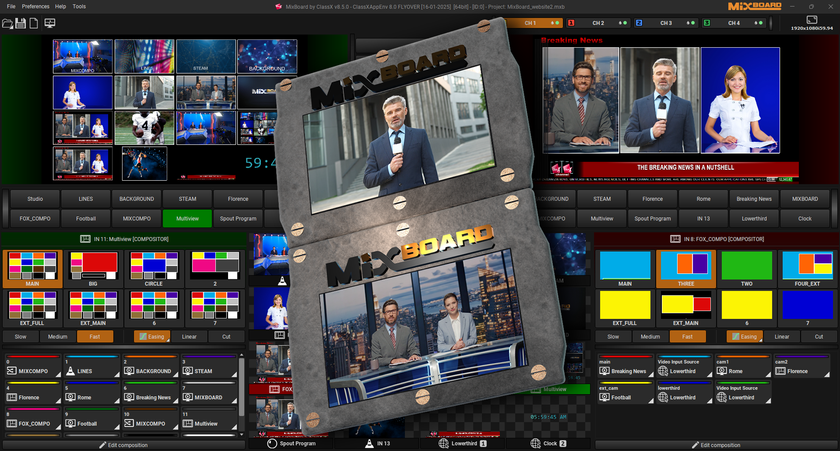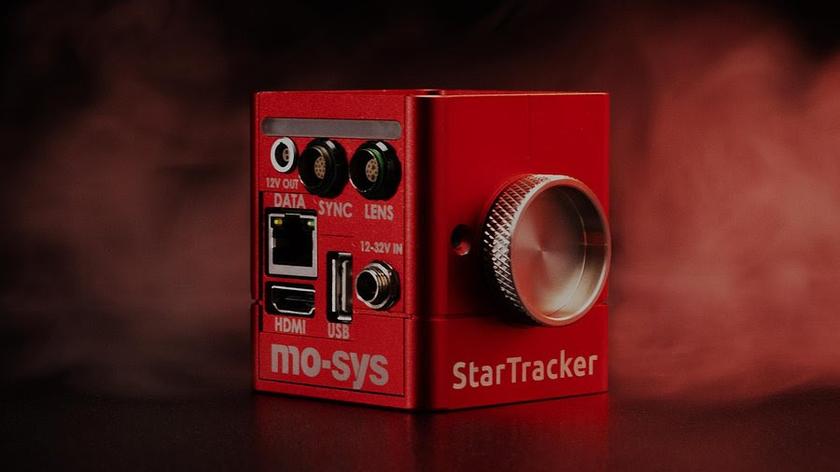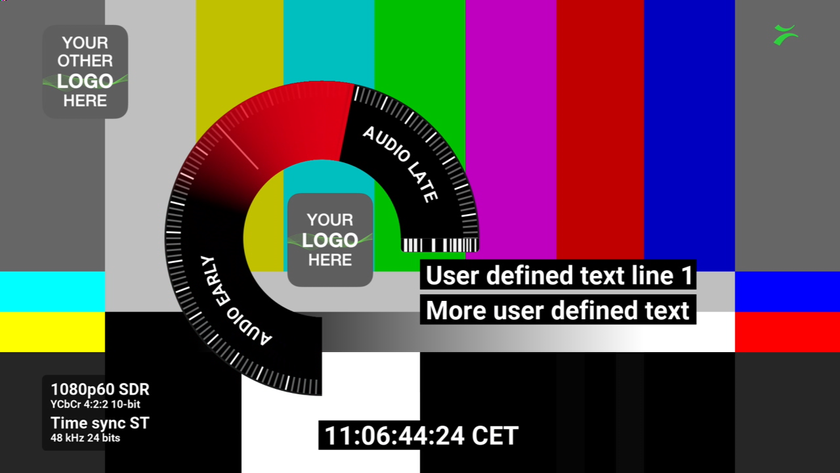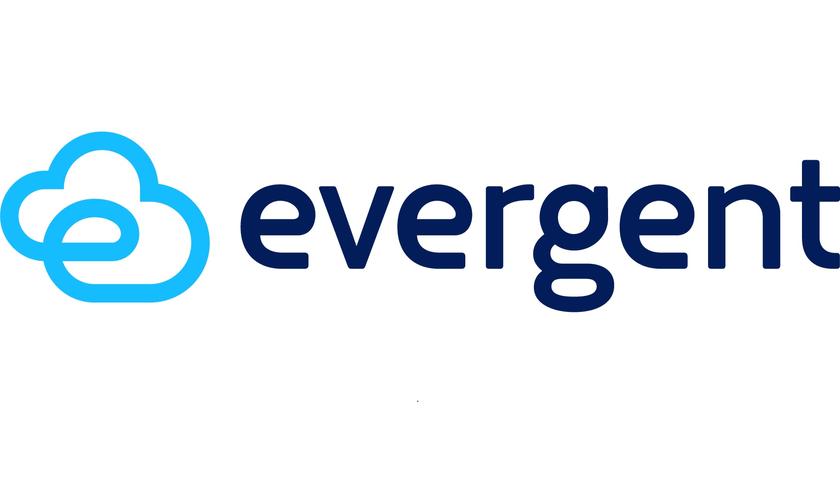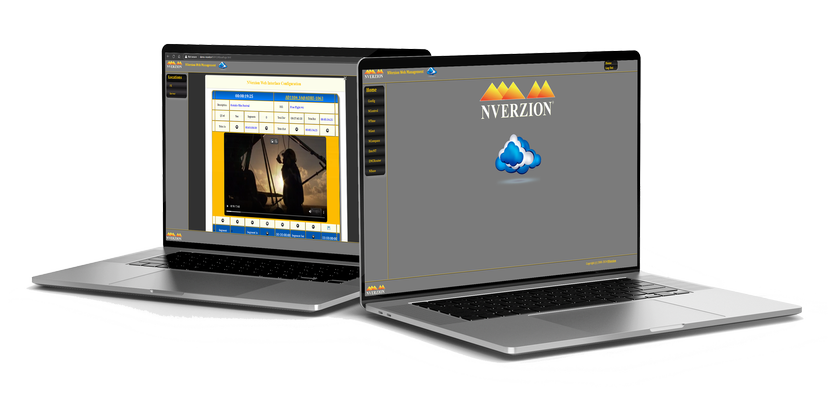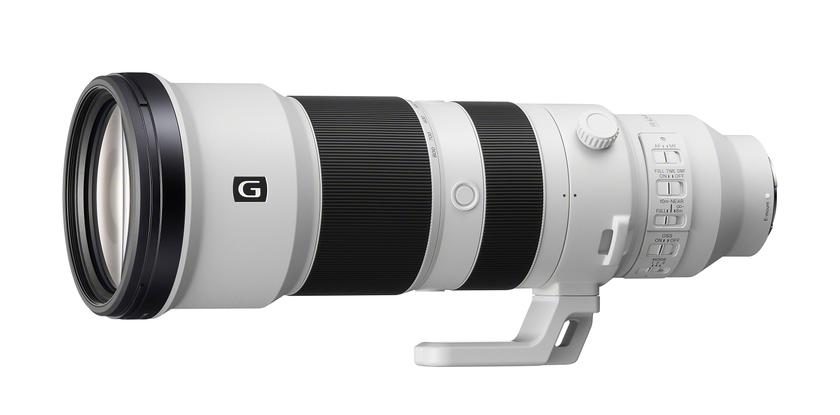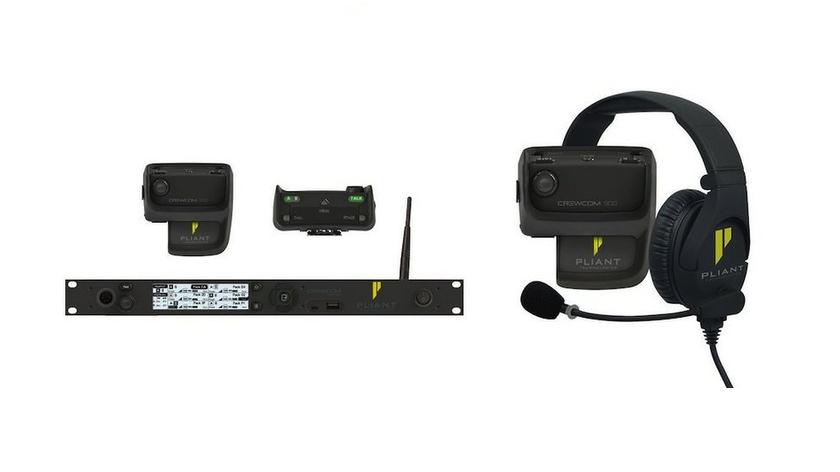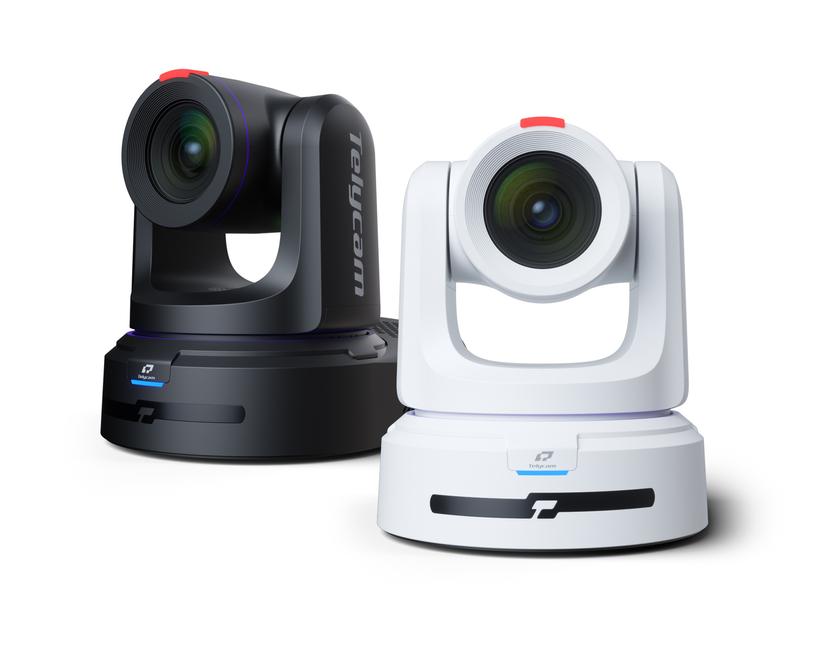Pinning down mobile TV
The shots that rang across the Tug Fork River between the storied Hatfield and McCoy feuding families paled in comparison with the vitriolic exchanges between supporters of ATSC and their rivals in the DVB camp.
For several years, a battle raged between DVB proponents that were enthralled with the delivery capabilities of the COFDM modulation technique and ATSC supporters of the 8-VSB modulation scheme. There were many issues and claims concerning the pitfalls and benefits of these two different standards. Key among the many discussion points and arguments were robustness of received signals in a multipath environment and the ability to facilitate content delivery for handheld and mobile applications.
The ATSC standard
The FCC adopted the ATSC proposed standard for DTV on December 26, 1996, but DVB evangelists continued with their efforts to overturn that standard. However, as more U.S. DTV stations came on-air using 8-VSB and as receiver manufacturers continued with improvements in tuner chips, DVB support gradually disappeared.
One of issues remaining, however, is the ability to facilitate mobile applications. In this day of growing handheld services, such as MediaFLO, MobiTV and V CAST Mobile TV, the ability to reliably deliver content to portable and mobile devices is taking on increasing importance. Even cable and satellite services are getting in on the action. This year's NCTA show kicked off with a seminar titled “Mobile TV Boot Camp,” and Sirius Satellite Radio will introduce Sirius Backseat TV this fall in selected 2008 model cars.
The infamous ATSC Table 3, and its 18 different formats (times two, so actually, it's 36 different formats!), attempts to make everyone happy. Fortunately though, one thing was done right: The ATSC standard is dynamic and can accommodate enhancements. To that end, the ATSC is currently considering a plan that would improve the transmission system to more reliably support new portable, handheld and mobile reception applications.
The A-VSB standard
Potentially providing exactly what the ATSC needs, Samsung Electronics and Rohde & Schwarz have partnered to develop Advanced-VSB (A-VSB). A-VSB is a toolkit built on the current ATSC transmission standard. It can enhance a DTV receiver's ability to receive the main transport stream in less-than-ideal reception environments. It also enables broadcasters to include turbo-coded streams that contain additional error correction for mobile reception and other conditions of weak signal to noise. Additionally, the toolkit facilitates synchronization of multiple transmitters, enabling the creation of single frequency networks.
The key elements of A-VSB are:
- A supplementary reference sequence to the transmitted signal allows an A-VSB receiver to remain locked in to the program content whether the receiver is in motion or being subjected to multipath interference.
- Scalable turbo streams use multiple redundancy for reliable payload delivery.
- Synchronizing the transport frame sequences to a 10MHz GPS reference enables the use of multiple transmitters in a harmonized single-frequency network for coverage fill-in.
The standard is fully backwards-compatible with existing DTV receivers, and a real-time, on-air mobile demo was conducted at this year's CES show in Las Vegas.
Mobile TV growth
Nothing defines a growth opportunity like competition. Harris and LG Electronics/Zenith recently introduced MPH (for mobile, pedestrian and handheld devices) as their answer to mobile TV.
Market research group IDC projects 24 million paying mobile TV subscribers by 2010. IMS Research predicts a year-on-year market growth rate of 50 percent through 2010.
If the broadcast community wants to participate in this growing revenue stream opportunity, it needs to supply not only the technical capability but also a viable business model. The standardization process needs to move quickly along so that a business strategy can evolve.
Anthony R. Gargano is a consultant and former industry senior executive.
Send questions and comments to:anthony.gargano@penton.com
Get the TV Tech Newsletter
The professional video industry's #1 source for news, trends and product and tech information. Sign up below.

